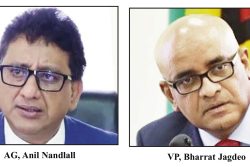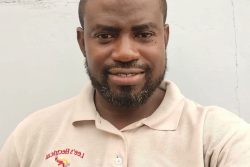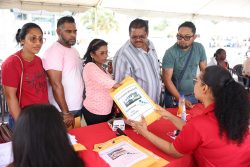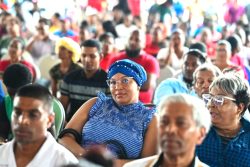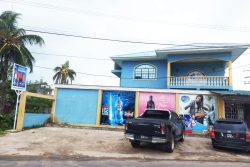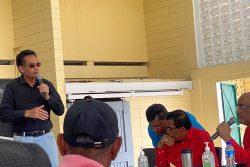Tomorrow marks the 41st anniversary of the signing of the original Treaty of Chaguaramas, which established the Caribbean Community (Caricom) and the Caribbean Common Market, doing away with the Caribbean Free Trade Association (Carifta) which was officially discontinued the next year in May.
In terms of its years of existence, and particularly if the Carifta years are added, Caricom is a contemporary of its current Chairman, the newly-elected Prime Minister of Antigua and Barbuda Gaston Browne, who at 47 is possibly the current youngest leader in the region.
In his inaugural speech to the opening of the 35th Caricom Heads of Government Summit, currently in session, Prime Minister Browne made an impassioned call for action. In his view, which is shared by many, Caricom has not made the advances it ought to have made given its time in existence. He likened it to “loitering” and being “on pause”. “We have paused enough; it is time for action. We have retreated enough; it is time to advance,” he was quoted as saying in a press release issued by the Caricom Secretariat.
PM Browne hit two key notes in his call for true regional integration, citing the need for the removal of barriers inhibiting free movement within and around Caricom by its citizens, and the need for all member nations to have the Caribbean Court of Justice (CCJ) as their final court of appeal. There is a lot more that has to be done, but indeed these are two crucial hurdles that need to be crossed. Neither of these initiatives were part of the original Treaty, but came into being post-1989 when the Heads of Government agreed to transform the Caribbean Common Market into a Caricom Single Market and Economy (CSME).
While in principle the CSME would advance the integration of Caricom, its implementation has been fraught with challenges, not the least of them being the gaps in the economies of member states. And despite the comprehensive education and sensitisation programmes that were held, the perception seemed to be that the stronger economies would be required to prop up the weaker ones or that poverty would become contagious. The anti-CSME sentiment was marked by an insularity in some member states that it has not been able to overcome.
It should be noted that Caricom has a number of working institutions that have to date not faced any such challenges. Among them are the Caribbean Agriculture Research and Develop-ment Institute (CARDI), Caribbean Regional Fisheries Mechanism (CRFM), Assembly of Caribbean Community Parliamentarians (ACCP), Caribbean Disaster Emergency Response Agency (CDERA) and the Council of Legal Education (CLE), along with others.
PM Browne, who will go down in history as either a visionary or its opposite, but who seems determined not to be a loiterer or to mark time, also announced Antigua, as soon as practicable, would hold a referendum on accession to the CCJ as its final court of appeal. To date, only Guyana, Barbados and Belize have acceded to the CCJ as their final appeal court.
Citing his commitment to regional integration as an important and vital instrument for “our development”, he revealed that since winning the Antigua and Barbuda elections on June 12, he had immediately abolished work permit fees for Caricom nationals for the remainder of this year. He boldly stated that he saw Caricom as a shared space offered to “all the people of all our countries” and encouraged like thinkers to join him in accomplishing the community’s greatest but not insurmountable task of putting “our people to work.”
In his vision of Caricom as an economic powerhouse built on joint ventures, joint ownership and regional collaboration, PM Browne urged that the affairs of the community be removed “from the scope of political conflict.” Though he might not know it yet, that is the new Chairman’s insurmountable hurdle. He needs only look at the political tangle in Guyana to grasp why this is so.

